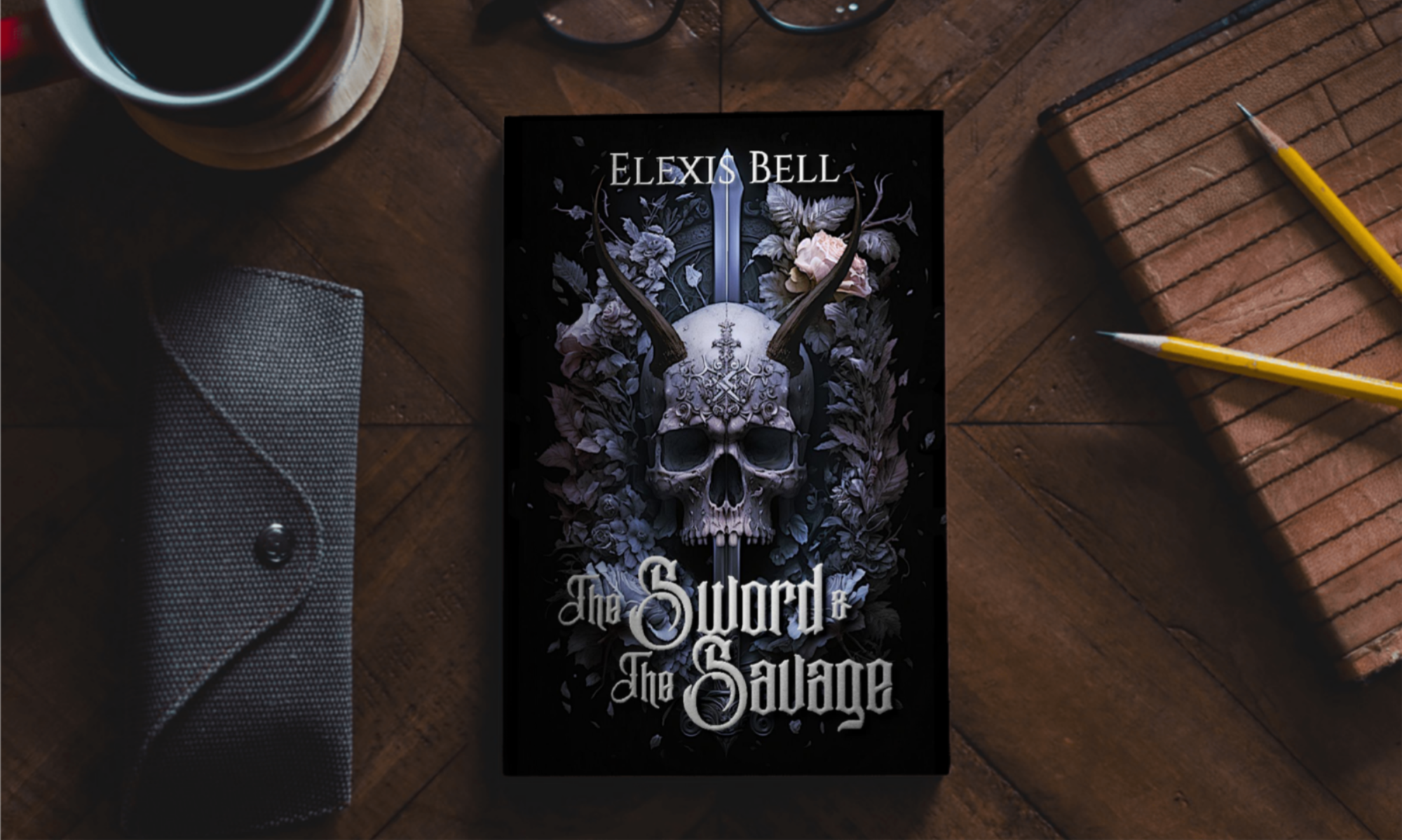So many readers love a good map to accompany their books, and for good reason. It’s a nice little extra bit of world building and helps to orient a person in a fictional world.
But unless you’re extremely familiar with graphic design, making the map yourself could prove difficult. Hiring the work out could prove expensive (as it should, graphic design work require time, effort, and a lot of practice).
But there are a couple alternatives that allow you to make your own map and (for a reasonable price) use them for commercial purposes, i.e. in a book. If you’re making a map for a non-commercial purpose (a personal Dungeons & Dragons campaign with friends, perhaps), I’m not sure the same fees would apply.
So, without further adieu, the map making resources you came here for.
This lovely website lets you build a custom map from the ground up. Well, from the sea bed up, because at the start, it’s all water.
You start out by selecting the overall feel you want the map to have, be it parchment or watercolor. You also choose whether it’s a battle map, regional map, or world map.
Then, you start shaping continents with a tool that raises land up out of the water. You can adjust the edges of that tool to be smooth or rough (for more realistic coastlines). You can sink areas back down to make lakes. There’s a separate tool for drawing paths, which could be used for thin snaking rivers or trade routes or whatever you want.
With the geography roughed out, you can choose from a bunch of “Stamp” options. These are used for the compass and scale, banners and bridges, towns and buildings, mountains and trees, even mythical creatures.
There’s a pretty wide assortment, so you’ll just have to play around and find the ones you like the best. It automatically defaults to the ones that match the style you chose for your map, but you can change the filters and select from any stamps, regardless of style.
There’s also an option to add text (with the option to curve it to fit banners) and brushes for different textures and colors. It has some trial and error involved for sure, but once you get the hang of it, it’s pretty fun.
And you can come out the other side with some amazing maps.
The cost to use the maps for commercial use?
$25 a year or $5 a month.
Here’s the official terms of service if you want to read them. Don’t worry, it’s only 8 pages or reasonably sized text.
Azgaar’s Fantasy Map Generator
As you may have guessed from the word “generator” in the link above, this one makes a complete, randomized world for you. Of course, you can change it, altering altitudes and coastlines to fit what you have in mind for your world if you don’t like a few parts of the random map. Or you can generate a new one altogether.
One of the really cool things about this one is that it’s really in depth. It populates the world for you, throwing in a variety of cultures (derived from real world influences as well as existing fictional races), countries, political factions, religions, trade routes, etc.
It accounts for precipitation based on topography, temperature based on a country’s position on the globe. It even has a layer option to show military forces.
And if you click on the cities, it pulls up a small map of the city streets.
All the various layers and options are available for you to tweak if you click the little bitty triangle in the top left of the screen.
Now, since I’ve only discovered this map generator recently, I’m by no means an expert in what can be done with it. But I can see its potential, and there are a multitude of tutorials on YouTube to help you get the most out of it.
Cost for commercial licensing?
Judging by the reply the creator left for a Redditor, all they ask is that you mention that you used their generator.
Which is astonishing and unbelievably cool of them.
The license itself is linked in that post, but if you’d rather skip straight to the license (which says free) here it is. They even made that simple. It’s less than one page.
Subscribe for sneak peeks and updates on my upcoming books (and get a free short story).
Check out my gritty, literary sci-fi and fantasy books here.
Find me on Goodreads.
Want to help fund this blog and my writing efforts? You can support me directly here.











